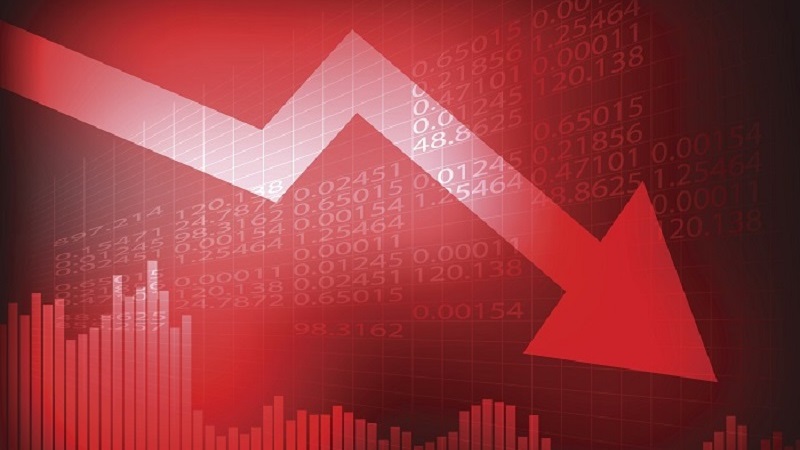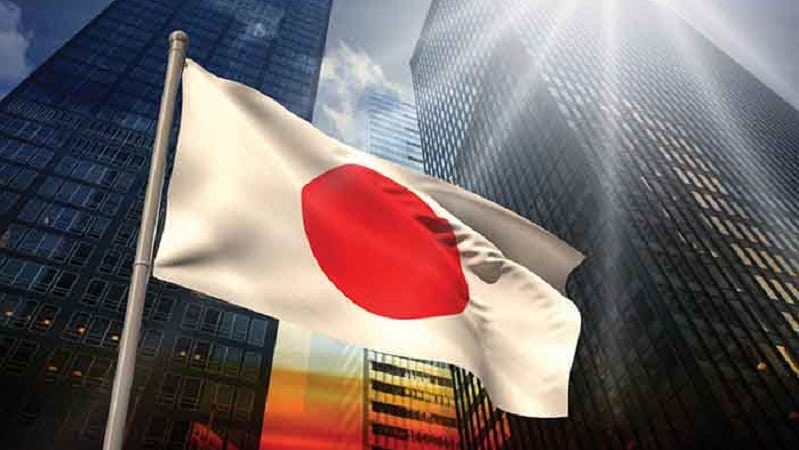For the economies of South East Asia these two conflicting forces look to be the deceleration of Chinese growth rates and the increasing competitiveness of Japan.
For the first time in over a decade the pattern of world growth is beginning to change with a subtle but decisive shift in the balance of economic power. The Chinese economy, for so long the engine of world growth, is beginning to slow, while the economies of the US and more latterly Japan are showing signs of recovery.
While it would be easy to view these changes as temporary, underestimating the power of the economic forces now at work would be a mistake. We have long argued that the Chinese economy needs to undertake a shift in its pattern of production. Its long-standing reliance on price led export markets and its more recent focus on internal investment and infrastructure have become increasingly unsustainable.
Wage pressure, allied to an appreciating currency, have done much to undermine manufacturing competiveness, while government sponsored, but debt funded, infrastructure projects have left the country’s banking system with a burgeoning bad debt problem as capacity utilisation rates have slumped.
Quality vs. Quantity
The country’s new leadership is already taking steps to target the “quality not quantity” of economic growth, withdrawing liquidity from the banking system in an attempt to slow the pace of credit expansion. However, changing the country’s economic model to one based on product innovation, greater internal consumption and reduced state intervention will be politically and socially difficult to achieve.
For the countries of South East Asia that have grown and developed alongside China over recent years this re-balancing will represent a material challenge. Demand growth will inevitably slow as the nature of economic activity changes, creating increased competition for the economy’s residual demand. Unusually we believe much of this competition will initially come from the Chinese themselves as state subsidized, under-utilised capacity competes aggressively on price. A point emphasised by recent shipbuilding which suggests that the gulf in orders awarded by China to domestic over foreign shipyards has widened materially over the last twelve months.
Compounding the effects of this greater “manufacturing nationalism”, will be the impact of the newly resurgent Japanese. Here structural reforms initiated by Prime Minister Shinzo Abe have resulted in a rapid depreciation of the Yen allowing Japanese companies to compete more effectively in the global market place. Evidence of market share gains in the automotive industry point to the immediate impact currency devaluation is having, a sustained period of Yen weakness would see this pattern repeated across other industries.
Under threat
While estimates of the impact of these changes varies, most analysts agree that the Asian regions growth rates are now under threat. The Asia Development Bank recently cuts its regional GDP forecasts to 6.3% (6.6%) but still forecast unrealistically high growth rates for China (7.7%). Should this rate of growth decline as we would expect to nearer 5% over the coming years, the knock on effects would be more material. Research by the International Monetary Fund (IMF) suggest that highly exposed economies such as South Korea could suffer a 70bp decline in GDP for every 1% point fall in Chinese growth rates. Applying the IMF s work to our own estimates suggests that in the longer term Asian growth should stabilise at closer to the Chinese rate of around 5%.
However, critical to achieving even these numbers will be the willingness of the region’s companies to adapt to the new growth paradigm. Sensitivity analysis reveals that the majority of the region’s current Chinese economic exposure is to those industries likely to be in structural decline over coming years. Commodity based economies and those like South Korea with major shipbuilding capacity seem most at risk as excess capacity cannot easily be re-directed to replacement markets. However, companies higher up the value chain or those with greater intellectual property should realistically be able to re-direct capacity to other global markets for as long as global GDP remains above 3%.
And this is the critical point, while the world will need to get used to the changing nature of Chinese economic expansion, no one doubts that the economy will continue to grow. Much needed re-balancing may slow the pace and nature of growth, but in the process will open up a whole raft of new markets and business opportunities that the region’s entrepreneurs will be in an excellent position to exploit. As ever, the ability to adapt and respond will be the critical driver of longer term growth.











